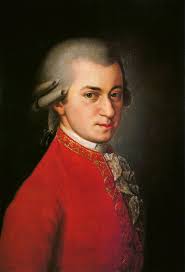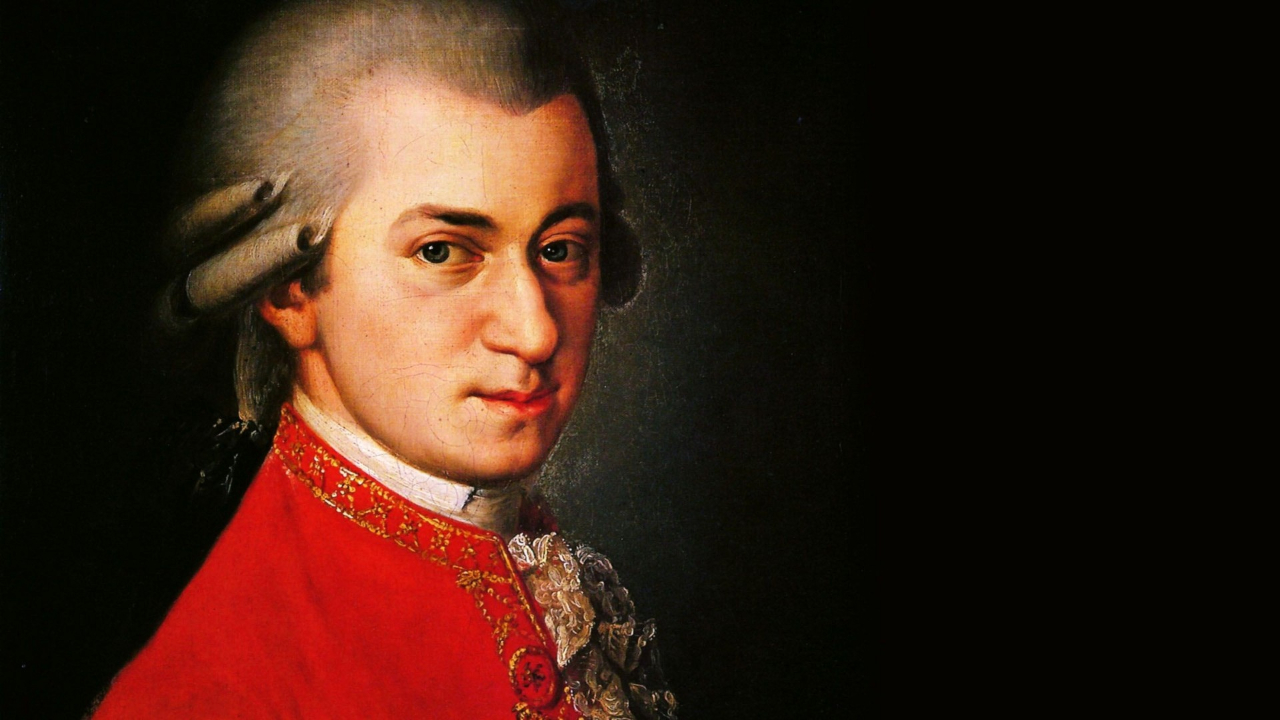Wolfgang Amadeus Mozart’s The Magic Flute (Die Zauberflöte) is one of the most celebrated operas in history. Premiered on September 30, 1791, in Vienna, this opera is a remarkable blend of enchanting music, deep symbolism, and theatrical spectacle. It stands as one of Mozart’s final compositions, completed just two months before his untimely death on December 5, 1791.
Origins and Creation
The opera was commissioned by Emanuel Schikaneder, a German impresario, actor, and playwright. Schikaneder was also the librettist and played the role of Papageno in the premiere. He was associated with Vienna’s Freihaus-Theater auf der Wieden, a popular venue known for its accessible performances. The Magic Flute was conceived as a Singspiel, a genre of German opera that includes spoken dialogue alongside musical numbers, making it more engaging for a wider audience.
Mozart, despite facing financial difficulties, was deeply enthusiastic about the project. He composed the music rapidly in the summer of 1791, drawing inspiration from Masonic themes, fairy tales, and Enlightenment philosophy. As a Freemason himself, Mozart infused the opera with Masonic symbolism, emphasizing themes of wisdom, brotherhood, and initiation.
Premiere and Reception
The Magic Flute premiered at Schikaneder’s theater with great success. The audience was captivated by its mix of comic and serious elements, magical storytelling, and Mozart’s ingenious musical composition. The opera’s universal themes and engaging melodies made it immediately popular. Mozart himself was present at several performances, witnessing its growing acclaim.
Although Mozart did not live to see its enduring success, The Magic Flute became one of the most frequently performed operas worldwide. By the 19th century, it had secured its place as a staple of the operatic repertoire.
Plot and Themes
The opera tells the story of Prince Tamino, who embarks on a quest to rescue Princess Pamina from the clutches of the mysterious Sarastro. Aided by the bird-catcher Papageno and guided by the titular magic flute, Tamino undergoes trials to prove his virtue and wisdom. The Queen of the Night, initially appearing as a victim, is later revealed to be the antagonist, seeking to overthrow Sarastro’s enlightened rule.
Mozart’s music vividly portrays the characters’ emotions and the opera’s magical atmosphere. The Queen of the Night’s aria, Der Hölle Rache, remains one of the most challenging and famous soprano pieces in the operatic repertoire.
Legacy and Influence
The Magic Flute has influenced countless composers, scholars, and artists. It has been adapted into numerous films, theater productions, and even animated versions. The opera’s combination of profound philosophical messages with lighthearted humor ensures its continued relevance.
Today, The Magic Flute is performed in major opera houses worldwide, enchanting audiences with its timeless story, breathtaking arias, and Mozart’s unparalleled genius. It remains a testament to the composer’s extraordinary ability to blend entertainment with deep artistic and intellectual exploration.


No responses yet